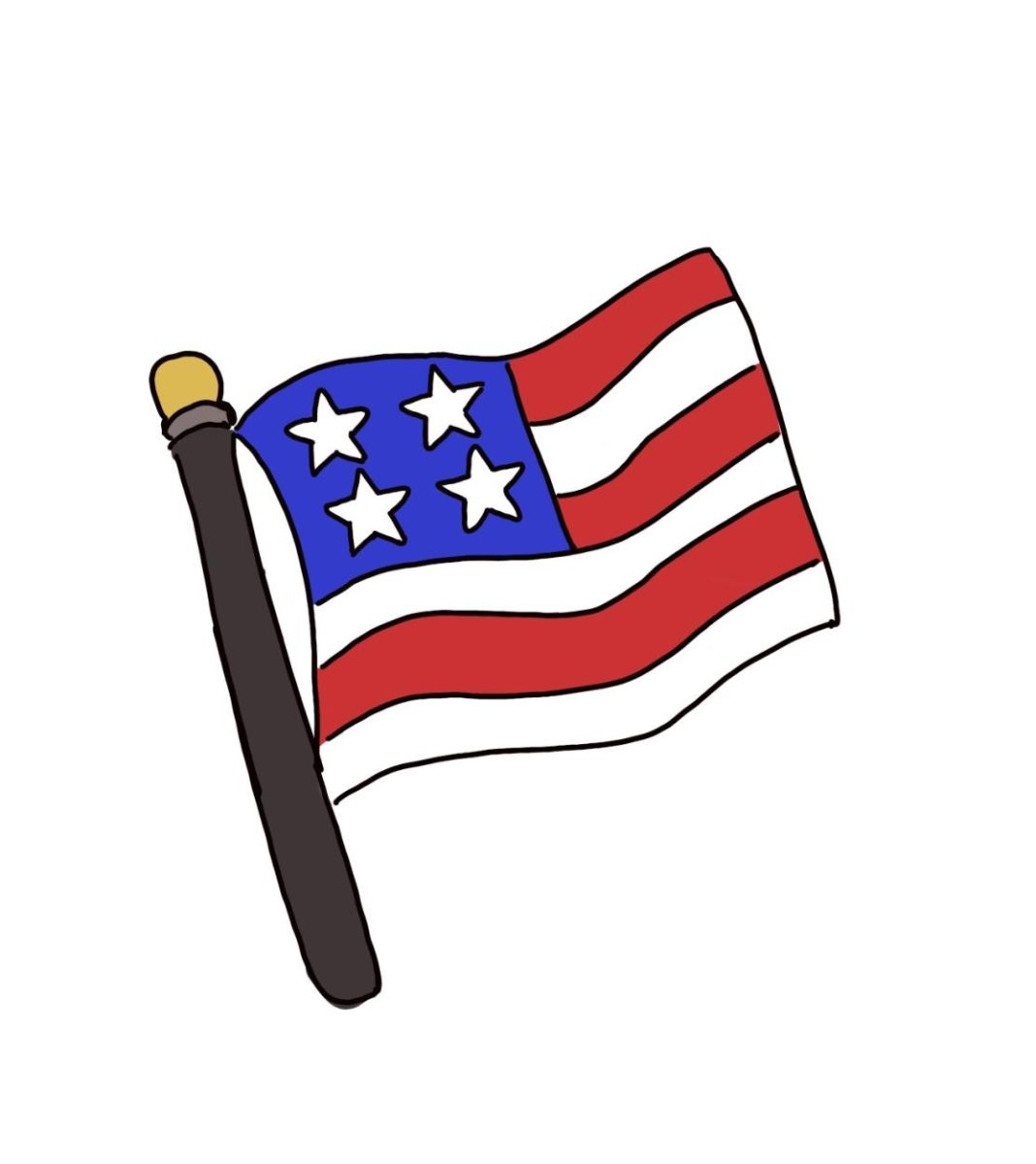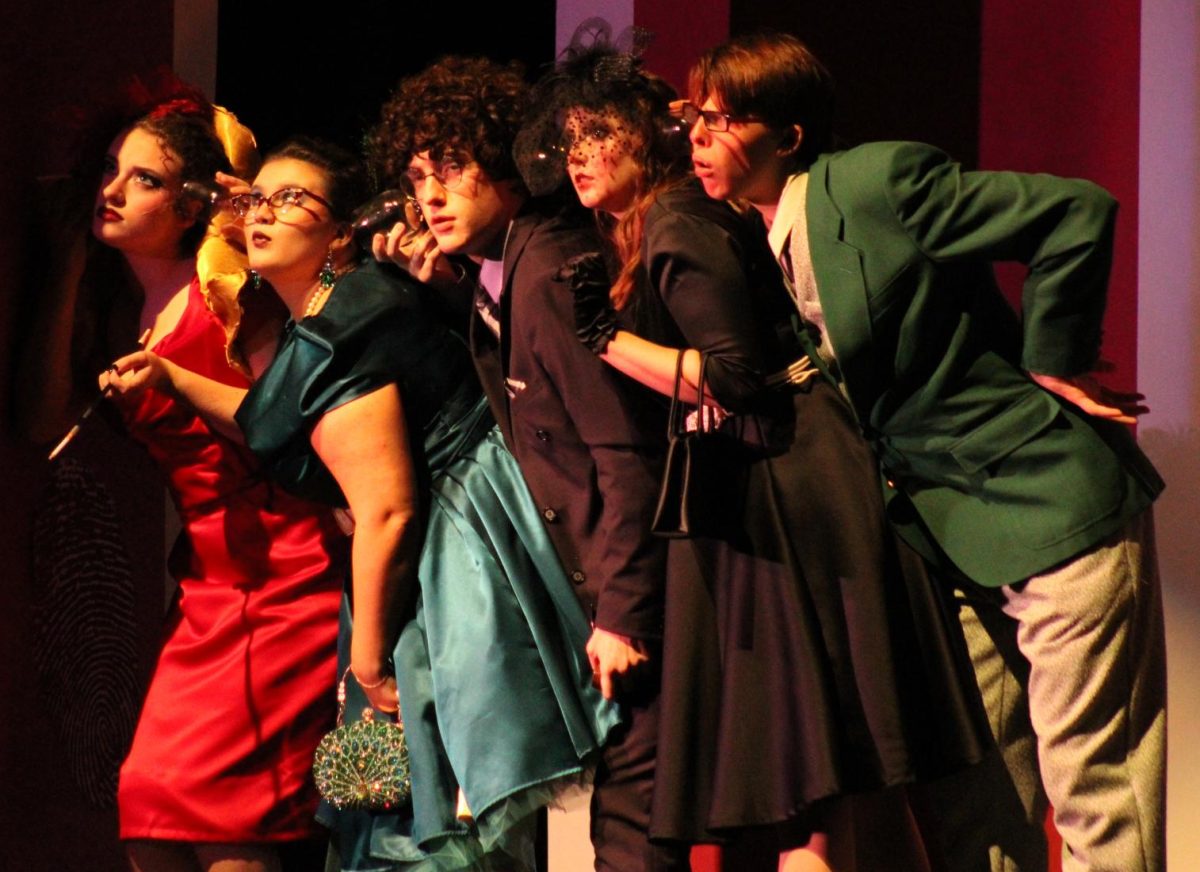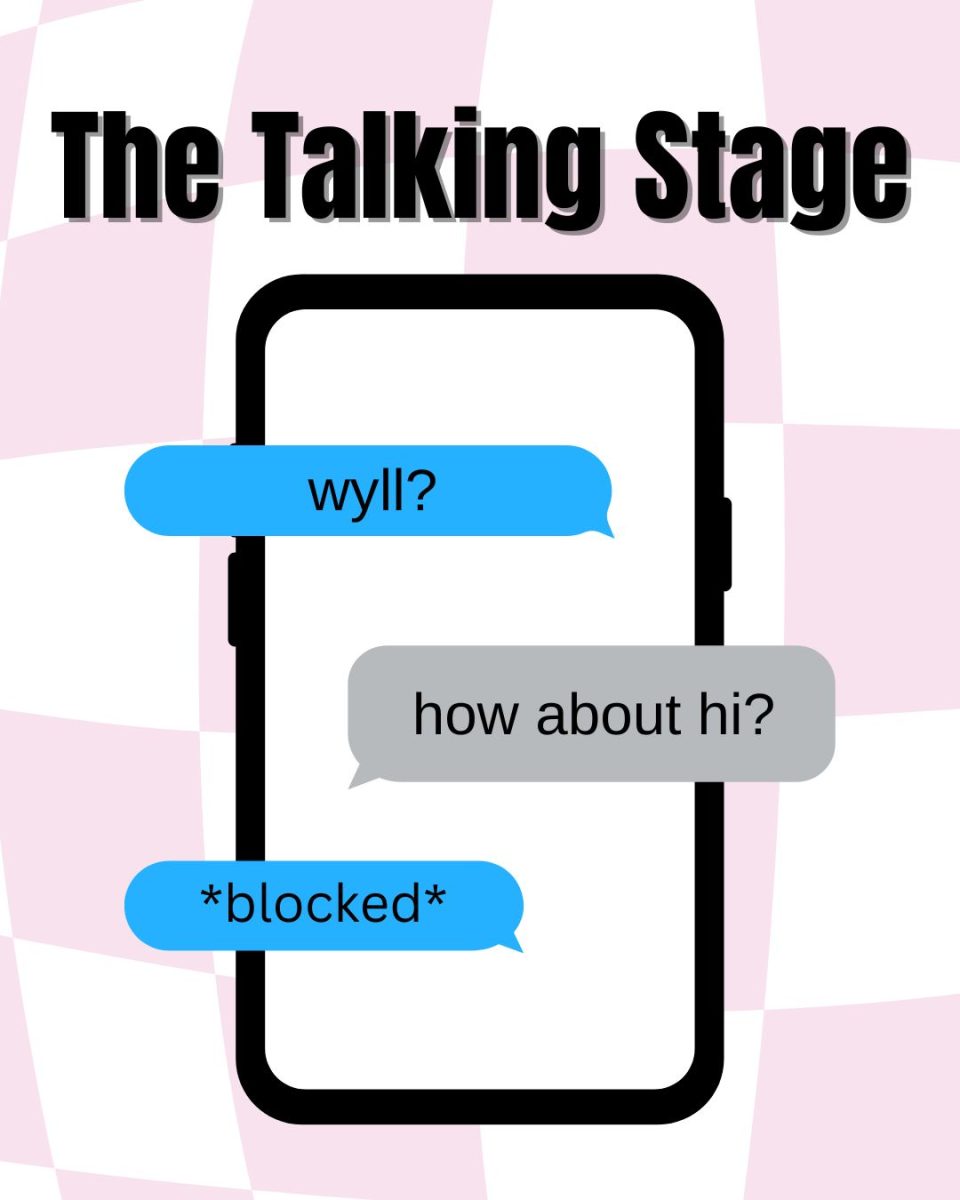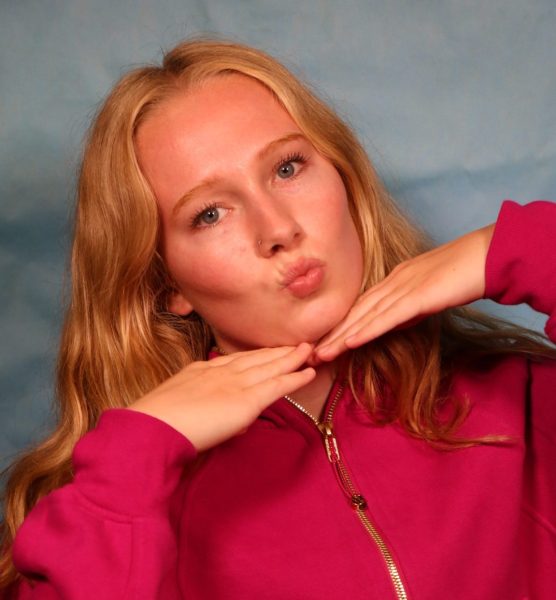In need of something new after being told she would not graduate after her fifth year of high school, English teacher Sarah Byarlay enlisted into the United States Navy.
“They told me I didn’t have enough credits to graduate, so I would have to come back for another semester, so I would have been in my sixth year of high school,” Byarlay said. “I told them, no, thank you.”
Byarlay said that she wanted to be a teacher all of her life, but didn’t think she would be able to because she didn’t graduate high school.
“I had always wanted it,” Byarlay said. “It had been my dream since I was a kid.”
While serving in the military, Byarlay received her General Education Development (GED) degree, then attended Kansas State University Salina when she returned from the Navy and joined the Kansas International Guard.
It was while Byarlay was studying at Kansas State Salina that a professor encouraged her to start tutoring, and then eventually to go into teaching.
“(She said) ‘I think that you should transfer out to Manhattan. I think you should go to the College of Education. I think you’d love it.’” Byarlay said.
Byarlay graduated from Kansas State with a bachelor’s degree in secondary-education English and English literature. She began teaching at Lakewood Middle School three weeks after graduating.
Welding teacher Cole Dow also got his start in the military, serving in the U.S. Army and U.S. Navy for 24 years. However, it was after multiple injuries that he decided to step down.
“I’m 100 percent disabled, so working on the railroad, my body just couldn’t take it anymore.” Dow said. “So I had to find a job where I could actually still do my passion, but not at the extreme labor requirement.”
Teaching was an easy switch for Dow, as he had four years of experience training people in the military.
“I was on what we call on the trail, as a drill sergeant.” Dow said. “I taught 5,000 soldiers how to drive trucks and heavy equipment. So learning how to actually teach in the military has made it an easy transition to teaching them at high school.”
Byarlay said she feels like her military experience helps her relate more to her students.
“Something that I continuously feel is just that I would much rather see my students as the people that they are before the work that they submit,” Byarlay said, “because they are so much more than that.”
An extravagant act of gratitude is not what Byarlay hopes for on Veterans Day, but simply recognizing a person for the sacrifices they made while serving in the military.
“Saying it is acknowledging it, which is more than most,” Byarlay said. “I think that we tend to forget that just a simple acknowledgement is enough.”
The best way to thank a veteran, Dow said, is in your everyday actions of choosing honesty, respect and integrity and not just with a “thank you.”
“I don’t personally need a handshake or a pat on their back,” Dow said. “I get a lot of that from just being a teacher. I think that’s pretty awesome.”









